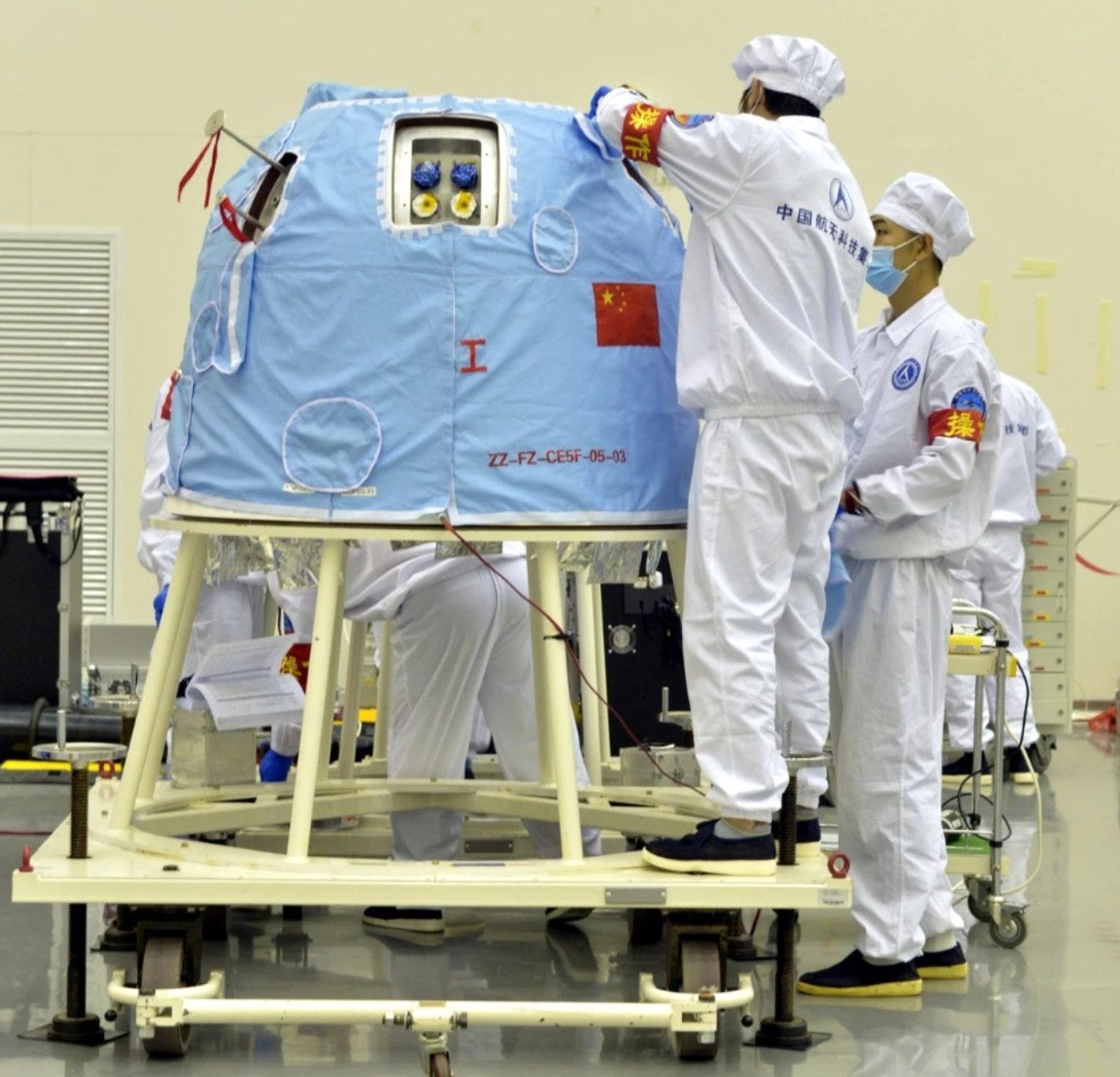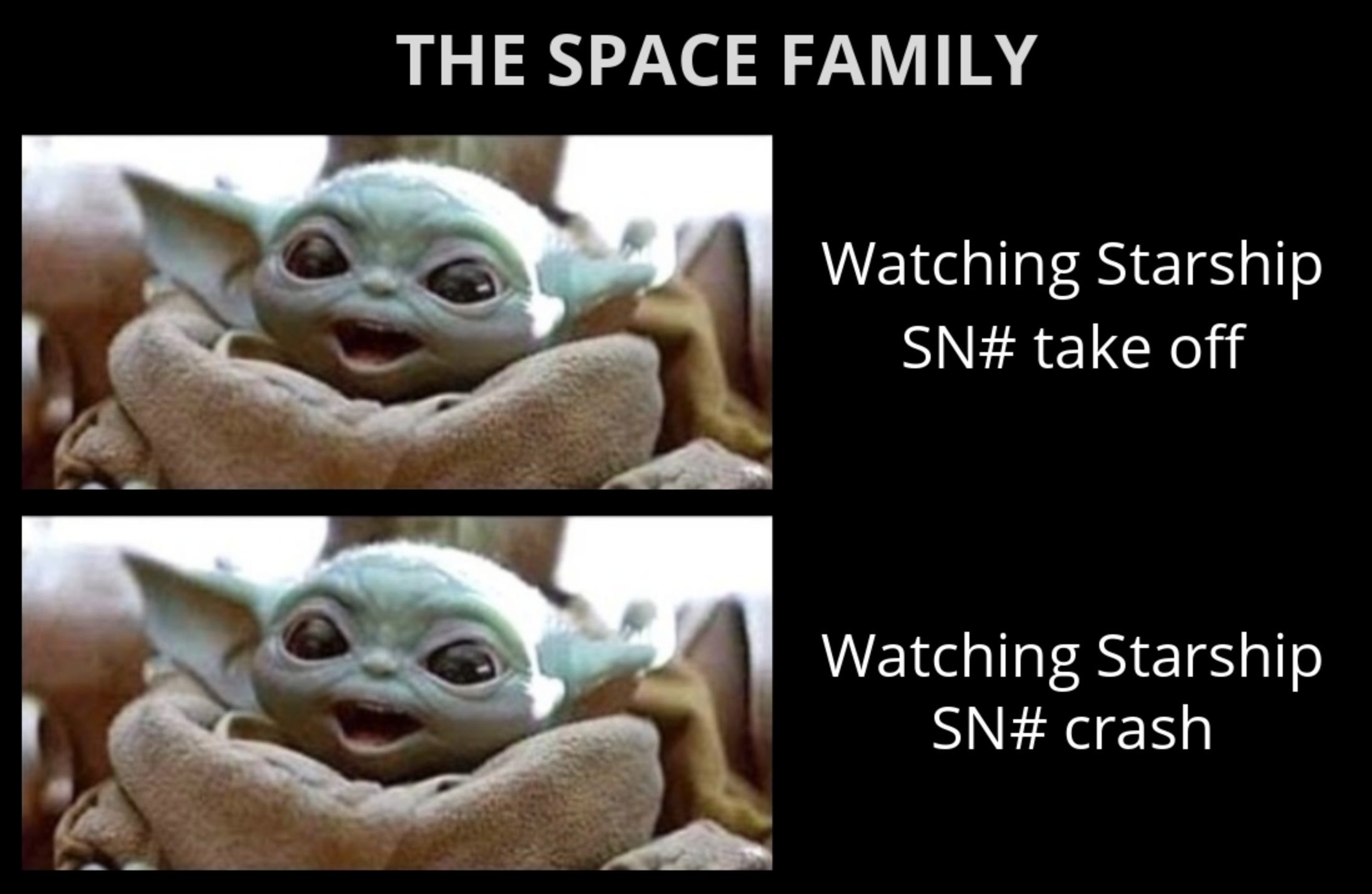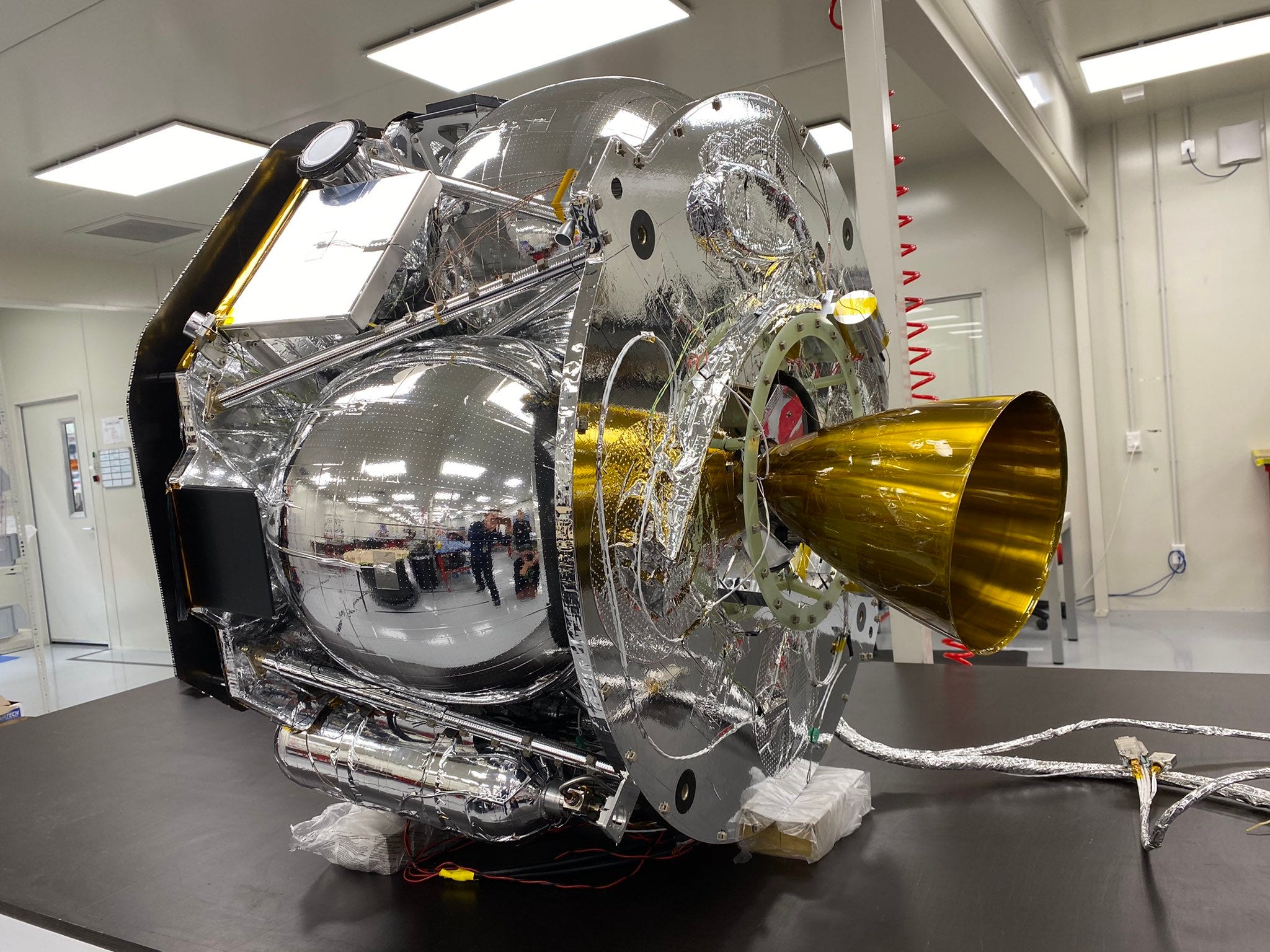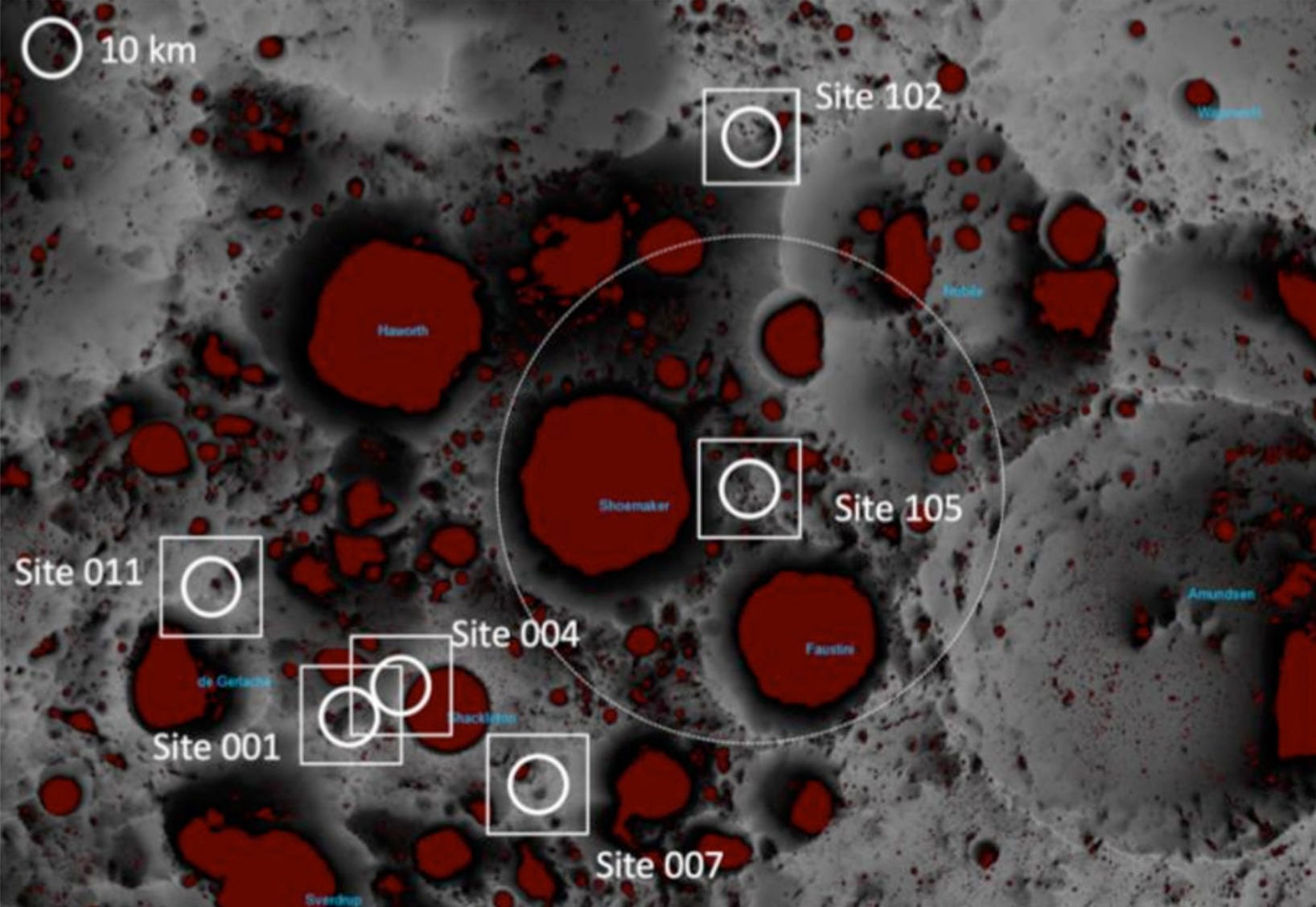Moon Monday Issue #5
Chang’e 5 bringing home Moon samples, NASA Artemis plans take shape, more developments in the lunar space, and a curated Moon page.
Highlight

The Chang’e 5 ascent vehicle, which blasted off from the Moon carrying precious samples and transferred them to the orbiter module, was commanded to crash into the Moon on December 7. The Chang’e 5 orbiter performed a burn on December 12 to change its orbit from circular to elliptical, and then a 22-minute-burn on December 13 to put itself on a trajectory to Earth.
At least three small trajectory corrections will be executed to target dropping the capsule in a way that it lands in inner Mongolia on December 17, which just so happens to be my birthday! According to rumors on Chinese socials, the orbiter module maybe repurposed for an extended mission to either a Near Earth Asteroid, a Sun-Earth trojan hunt or orbit the Moon again.
Exploration
SpaceX successfully performed the first high-altitude test flight of a prototype Starship rocket (SN8) on December 9, but the landing part of the test failed as the rocket exploded on contact with the pad. A variant of the final version of Starship is one of the three candidates chosen by NASA to land astronauts on the Moon in this decade as part of their Artemis program. I’ve tried to sum up the community’s (IMO rightful) reaction to the Starship test in a meme.

The SLS rocket’s wet dress rehearsal on December 7 didn’t go as planned, as the oxygen propellant being loaded in the core stage was warmer than nominal. The team has identified modifications in the fueling operations that should solve the issue, and will retry the full test today, December 14. This delay pushes the hot fire test of all four core stage engines by a week to December 28, and puts the Artemis I mission on an even tighter schedule.
Rocket Lab is undertaking thermal, vibration and acoustic tests of its Photon spacecraft to qualify it for a Q2 2021 launch on their own Electron rocket. Photon will carry NASA’s CAPSTONE small satellite built by Advanced Space and deploy it on a trajectory to the Moon. Costing under $10 million, the CAPSTONE mission aims to demonstrate the feasibility of the unique lunar orbit (which boasts minimal station keeping) that the NASA-led Gateway lunar station will be in later in the decade.

The Canadian Space Agency has awarded a $22.8 million contract to MDA to establish the technical requirements to build the autonomy-capable Canadarm3, Canada's contribution to the Gateway.
SpaceIL, the first in the world to put a spacecraft in lunar orbit in 2019, didn’t succeed at landing the Beresheet spacecraft as it unfortunately crashed. Now the organization has announced a 2024 launch of Beresheet 2. The mission will include two smaller-than-Beresheet spacecraft that will land on different parts of the Moon, and an orbiter that will study the Moon for several years.
NASA has selected a diverse set of 18 astronauts for their Artemis program. Test flight assignments for the astronauts and more candidate selections will follow next year.
After carrying about 25 tests, the Blue Origin-led human landing system team, which includes Lockheed Martin, Northrop Grumman, and Draper, submitted their Option A proposal to NASA for the Artemis program, which targets a 2024 launch. Option B would’ve targeted 2026 instead.
Science
NASA has identified science priorities for Artemis III, their first human landing Artemis mission targeting a 2024 launch. The science priorities are detailed in an extensive report by the Science Definition Team. Since the landing site and the landing system aren’t decided yet, which would allow defining the final science plan, the proposed framework is broad for now. It emphasizes long-lived surface experiments, cryogenic sampling capability to bring precious volatiles from permanently shadowed regions, landing in regions with diverse geological features within traversable areas, and multiple sampling opportunities.

The Lunar Exploration Analysis Group (LEAG) which supports NASA in providing analysis of scientific, technical, commercial, and operational aspects related to the agency’s lunar exploration objectives has released its recommendations for Artemis.
The mystery of why the South Pole-Aitken Basin, the largest impact feature on the Moon, is not a mascon has been solved. A new comprehensive model of the 2500-kilometer-basin reveals that the thin crust and not-so-rigid upper mantle combined with the thermal conditions at the time of impact meant that the region couldn’t be effectively compressed to form a mass concentration (animation).
More Moon
Learn the correct pronunciation of Chang’e while you appreciate the mission and talk about it with your friends and family!
Andrew Jones, a tireless and popular reporter of the Chinese space program, appeared as a guest on The Planetary Society’s podcast to talk about Chang’e 5 and future developments in the ambitious Chinese space program. His section of the podcast starts at the 19:12 mark.
I’ve created a curated Moon page with high-level stories for people with no space background to learn about our Moon’s scientific and exploratory importance. I've also linked to some neat high-level resources from NASA, ESA, The Planetary Society and some fun exploratory projects. I’d love to hear your suggestions on stories to write next and more external resource links to add.
Like my work? Support me.
